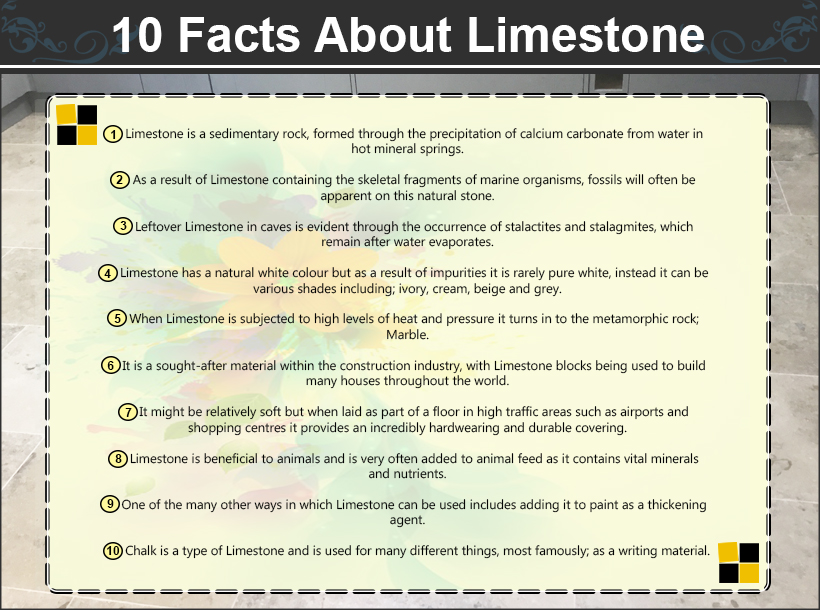Cookie
This website requires cookies to provide all of its features. For more information on what data is contained in the cookies, please see our Privacy Policy page. To accept cookies from this site, please click the Accept button below.

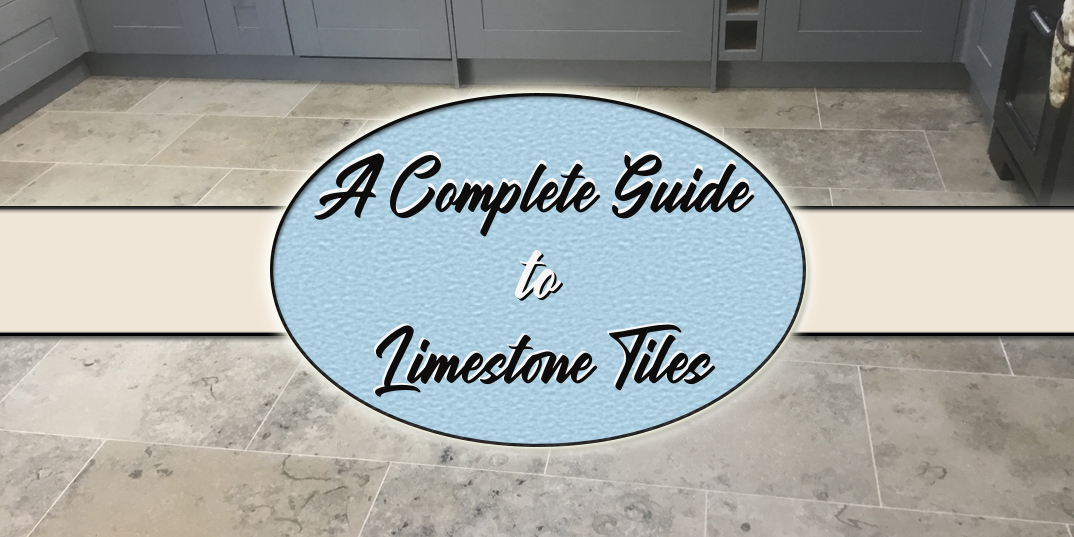
Limestone is a natural material which has been used for many years within the construction industry. It is processed and refined in order to be made in to tiles which are popular for both residential and commercial projects. Due to its formation, limestone contains unique natural features and in some cases; fossils. In this article we take an in-depth look at limestone, including its origins, uses and cleaning and maintenance techniques.Text Here
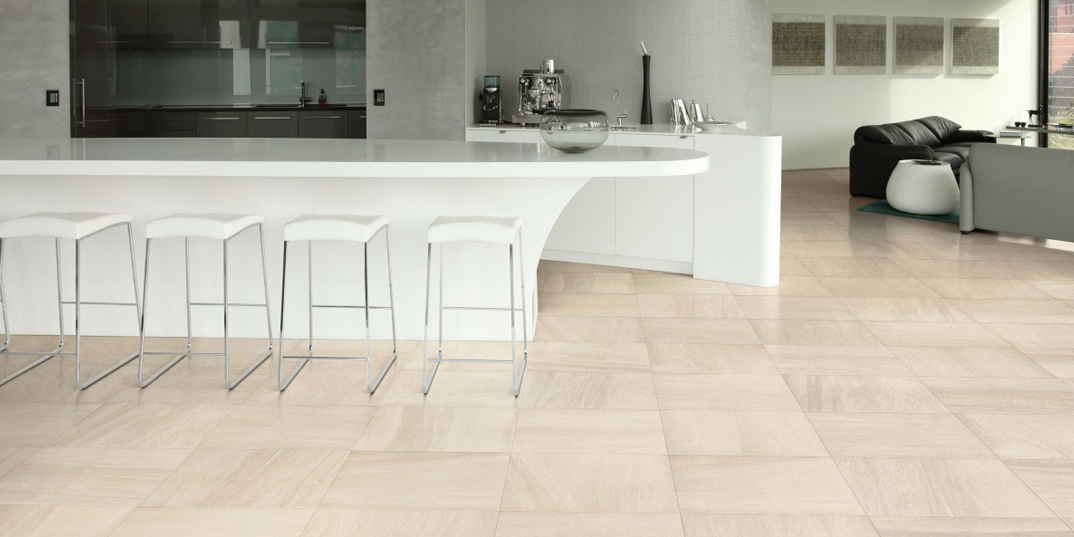

Notable for its soft colours like; ivory, cream, white and grey, it is no surprise that limestone can be incorporated within a vast array of home designs. From the entrance to your home including porches and hallways through to living areas and conservatories and of course bathrooms and kitchens, this versatile material is a great all-round home option. It can be used on either a wall or floor too and is capable of transforming interior spaces. Limestone can even be used for staircases and steps within the home.
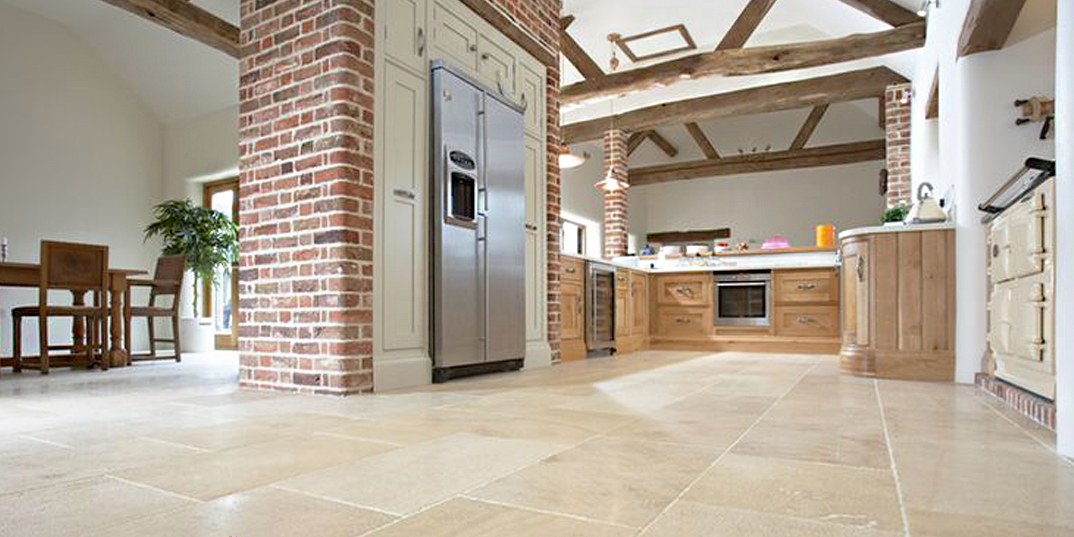

Limestone can be incorporated within a wide range of kitchen designs including both traditional and modern styles. It’s as equally well suited to rustic farmhouse kitchens as it is to minimalistic contemporary designs. Not only does limestone offer a truly unique look but is an incredibly hardwearing material and is therefore particularly well suited to high traffic areas including busy family kitchens. Kitchens are available in all shapes and sizes including standard layouts through to open plan designs and galley kitchens. Limestone tiles have proven to be a popular option for a vast array of kitchens regardless of the dimensions and style.
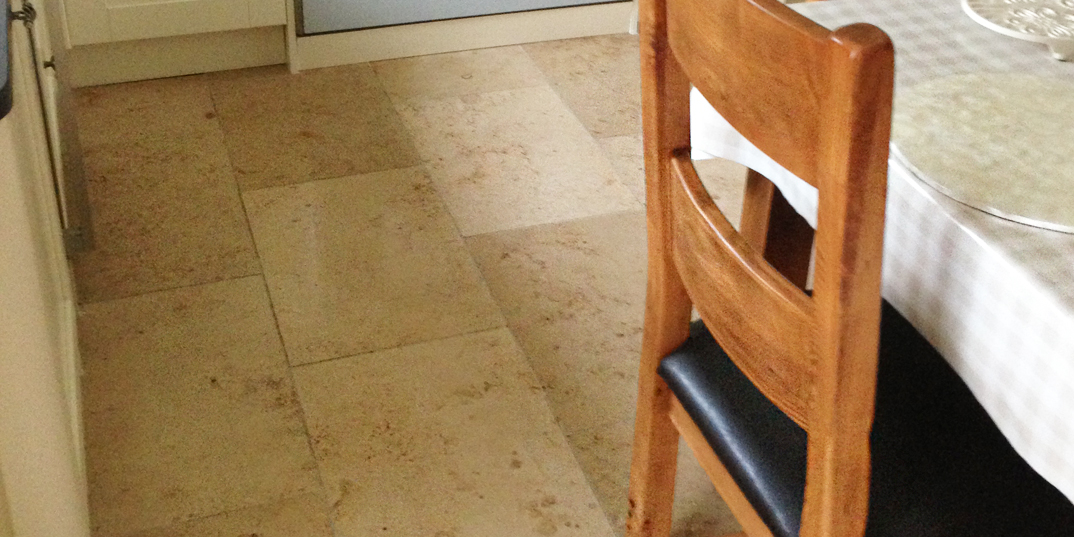

When choosing tiles for a kitchen floor these days, you have a large amount of options available. Popular varieties include sparkly quartz and also plain porcelain in classic colours like black or white. Natural stone is also well suited to contemporary kitchen layouts, with marble and granite both offering style and practicality in abundance. With all of these established kitchen tile varieties available on the market, limestone can often be overlooked but it certainly shouldn’t be. You can acquire either polished or matt limestone tiles for your kitchen floor. The colour of limestone tiles you choose very much depends on the overall style of your kitchen. Beige limestone tiles, for example, can be complemented by a range of unit and worktop styles. Individual limestone tiles may appear rather soft but when arranged together as part of a floor design they provide an incredibly hardwearing covering. A kitchen floor design created with the use of limestone tiles can provide a genuine wow factor which will impress your guests. For a natural consistency, combining a limestone floor with polished black granite worktops is a well-used design technique. Whether you have a standard sized kitchen or an open plan aspect which incorporates a central island and dining area, limestone tiles certainly provide style and durability in abundance. This durable nature means these tiles are acquired for high traffic areas like busy family kitchens.
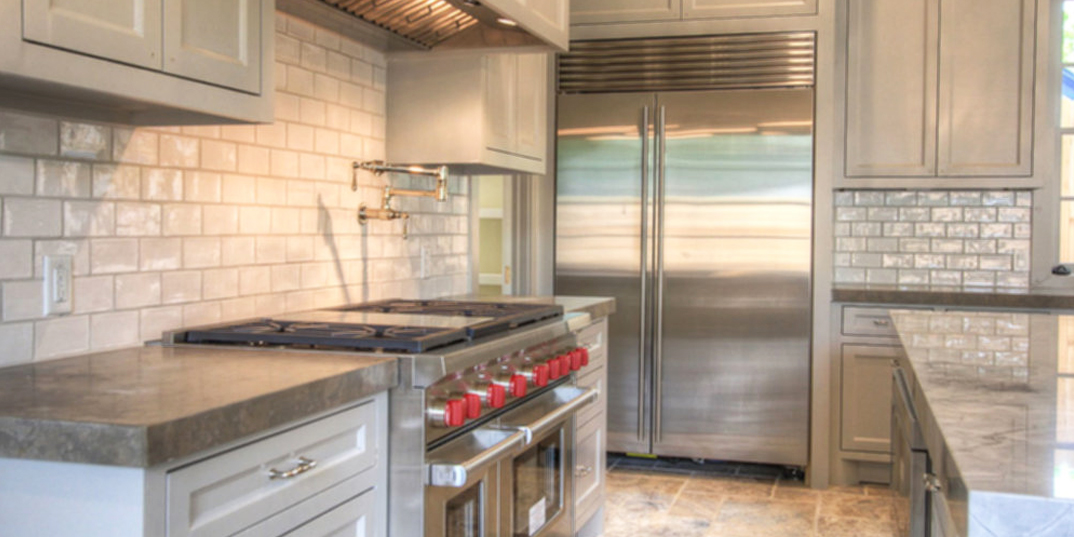

Whether you are choosing limestone wall tiles to match the floor design or you are contrasting it with a different material, this natural stone is certainly an excellent option for this area. Limestone as part of a kitchen backsplash will provide a fresh and invigorating style. Polished limestone on walls creates a surface which is easy to clean and maintain and this is important in an area which is susceptible to the build-up of moisture and also discolouring from food. For the backsplash, you could even choose limestone style stone cladding. The rustic style of stone cladding can be emphasised further by spotlights being placed beneath the kitchen units. For the wall design in your kitchen, you can choose from either square or rectangular tiles. Large tiles, even as part of small backsplash areas, will result in fewer grout lines and therefore less places for the accumulation of dirt and grime. The use of smaller tiles as part of a more intricate design, however, can offer a really decorative appearance. These natural tiles on kitchen walls are ideal for introducing a truly incredible character and will transform the interior layout.
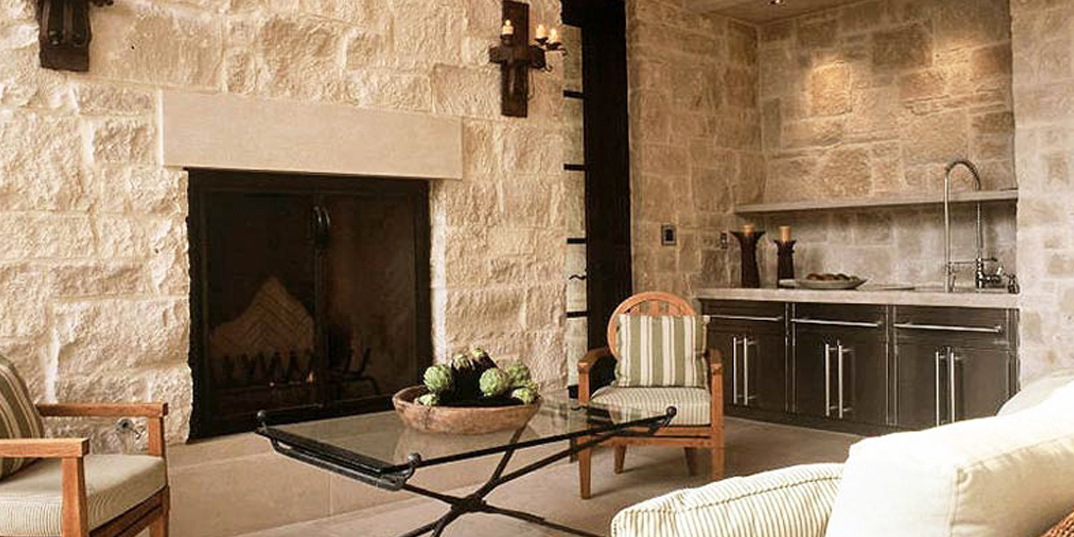

When thinking of ways to transform your living room space, a feature wall must be near the top of your list. The wall will be the first thing your guests see as they enter the room and you therefore have the opportunity to provide a genuine wow factor. Limestone has a distinctive natural beauty which is therefore ideal for this particular part of your living room. Whether you have a modern fireplace or a more traditional feature, limestone has the required style to suit either option. The soft colours of beige, ivory and cream will provide a neutral backdrop. A limestone feature wall can be complemented, to superb effect, with dark wood effect porcelain. If you prefer carpet within your living room, a darker colour provides a nice balance in contrast to a lighter limestone shade. A limestone feature wall can span across the entire wall or could just be used in a specific section, for example as a fireplace surround. The soft colours and subtle feature of limestone really helps to accentuate the space throughout living room interiors. Spaciousness can be emphasised further by natural light through bay windows.
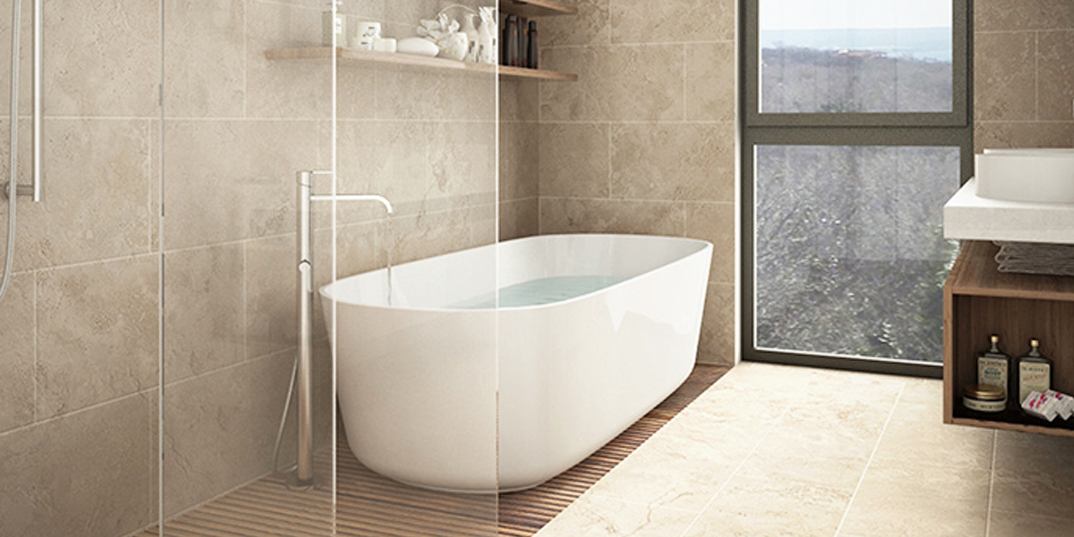

Modern bathrooms, regardless of the size, invariably have a minimalistic quality. From wet room interiors which eliminate the need for shower trays and floor-standing units, to larger family sized bathrooms with pea shaped bathtubs and plenty of storage space, light colours and subtle features are the order of the day. Limestone has an understated quality which makes it perfect for contemporary bathrooms. The delicate natural features also provide genuine character and make it a firm favourite for bathroom wall designs and also areas of flooring. Another great thing about versatile limestone tiles is that they combine extremely well with contemporary bathroom fittings and applications. To ensure limestone is resilient against damage from moisture in bathrooms, using sealant during the installation process and at required intervals after this is highly recommended.
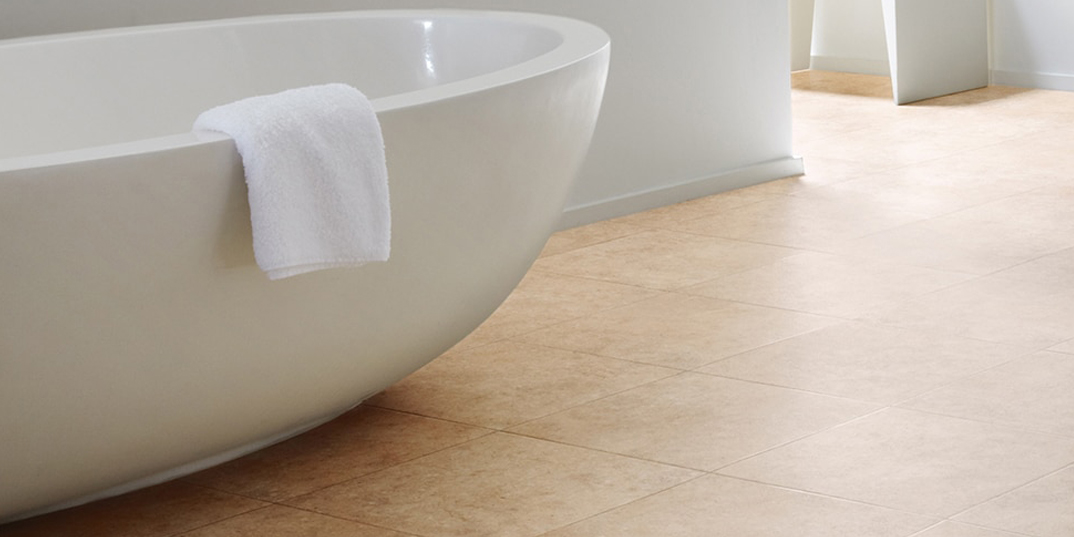

Limestone tiles are capable of transforming modern bathroom floors. The truly spectacular natural features, including fossils, provide an original design element in any bathroom. Limestone can be used in a Romanesque bathroom design which may even incorporate a sunken bathtub. They are a classy choice for large en suites and make great use of the available space in smaller wet rooms. Rectangular limestone tiles which are arranged within a running bond (brick style) formation are well suited to bathroom floors but alternatively you can choose square tiles in a standard grid layout. To add an additional eye-catching feature you could complement limestone floor tiles with a tiled mosaic border from another natural material like travertine or marble. For a consistent look you could match the limestone floor tiles you use with an exterior bath covering with tiles from the same batch.
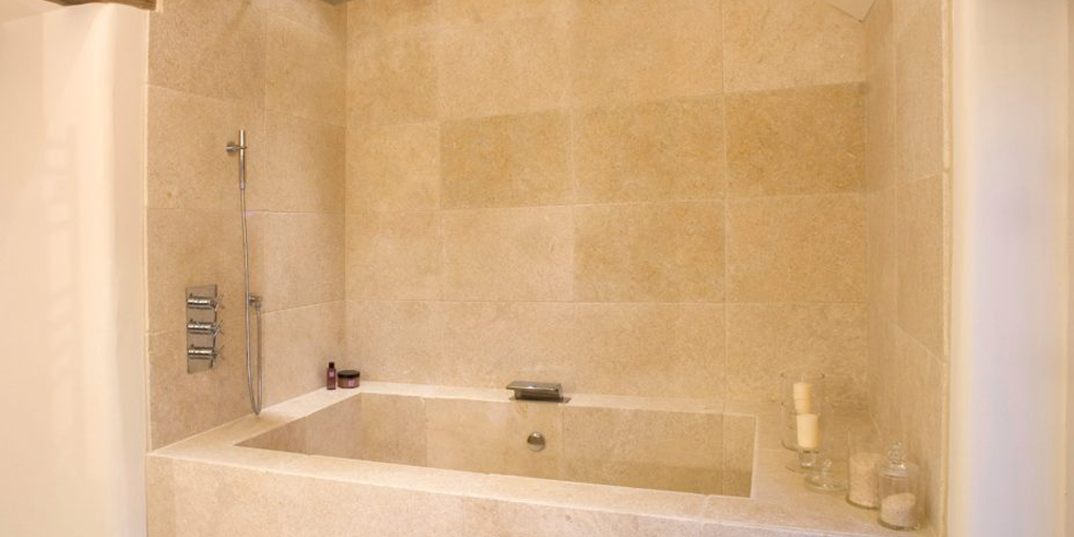

A neutral backdrop can be achieved in superb fashion with limestone tiles. These tiles are certainly worth considering if you are looking to refresh the look of your bathroom walls. From a bath surround and sink backsplash to a shower cubicle wall, limestone is an outstanding natural option for modern bathroom suites. For a minimalist style, a recessed limestone wall is a discreet way of creating a space to store shampoo, shower gel and bath oils etc. Features of contemporary bathrooms like chrome taps and handles and clear glass shower screens combine well with limestone tiles and offer a continuation of an understated and sophisticated style.
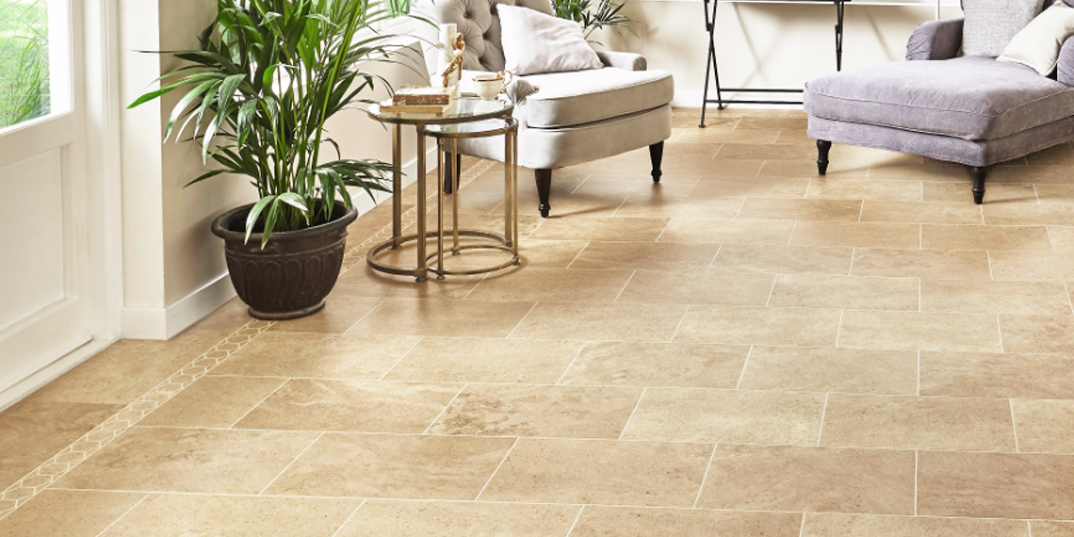

Many people have conservatories which they enjoy relaxing in, particularly during the warmer months. A conservatory can prove to be quite a high traffic area as it is a natural walkway from the interior to the exterior of your home and vice versa. For this reason it requires a hardwearing floor covering which can withstand the demands of people walking in outdoor footwear, the presence of potentially heavy furniture and general wear and tear. Limestone tiles are therefore an outstanding choice for conservatory floors. Limestone floor design will complement a traditional half bricked conservatory wall. A sought after option for modern interior conservatory walls are Brick Slips as they are lightweight and can be applied to a range of wall substrates. You could also choose limestone for your conservatory walls too with the light, soft colours offering a shimmering glow with the bountiful natural sunlight these areas are exposed to. If you have chosen limestone for your conservatory floor then for a consistent theme you may want to select limestone for other floor areas throughout your home.
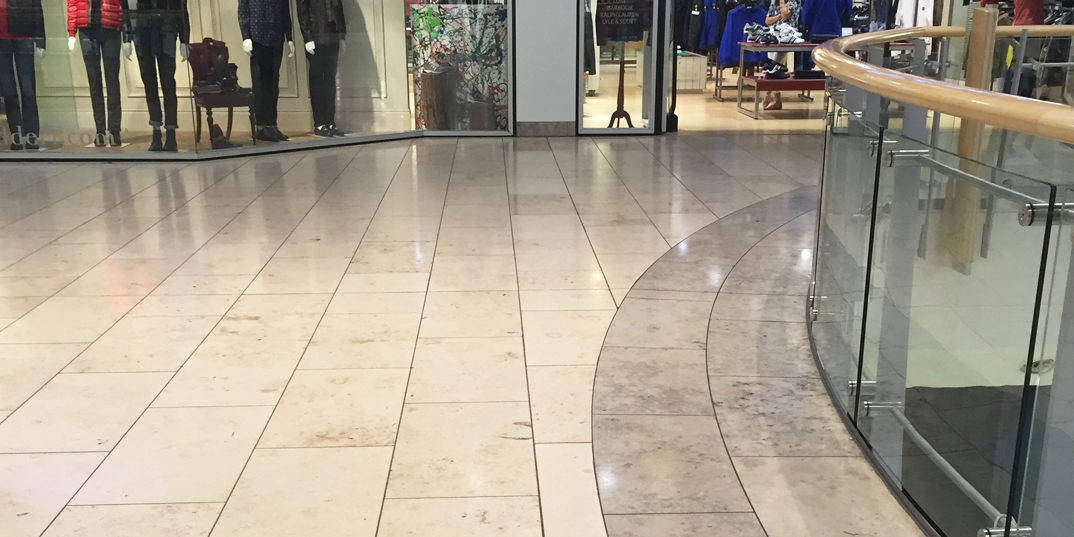

This natural stone is used extensively for commercial projects throughout the world. When arranged in large areas, limestone provides an incredibly hardwearing and durable covering. This durability makes it ideal for the expansive parts of shopping centres and airports. It is no surprise that it has been chosen for some of the largest retail spaces in the world. Not only does limestone work from a practical perspective in these properties but the neutral colours of beige, cream and ivory ensures it can be complemented by a wide range of features. The timeless quality of limestone also means that this long-lasting material can continue to provide a stylish look in commercial properties for many years to come. Limestone is certainly one of the first materials people think of when they’re looking at ways of introducing a distinctive character within hotels, bars, restaurants and shops. These tiles have the required wow factor to transform the interiors of these properties. Limestone is a mid-priced natural stone, certainly when compared to the likes of marble, and this is another reason it is chosen for commercial renovations as it can be acquired in bulk at a very affordable cost.
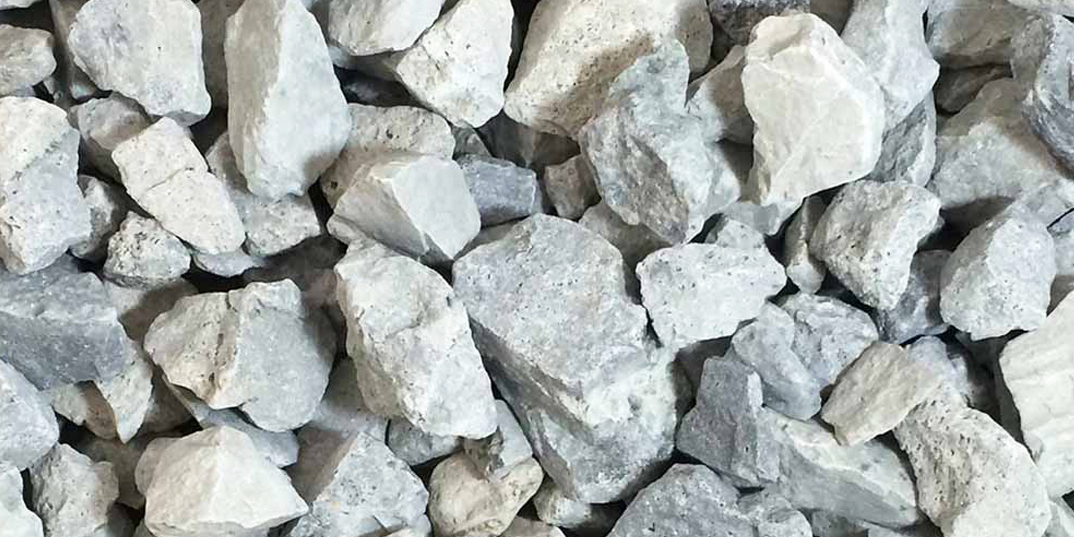

With the combination of extreme strength and timeless neutral colours, it is no surprise that limestone has been used in the world of construction for many years. As a building material, not only has limestone been used as blocks in order to construct walls and foundations but is also a key component within concrete. Limestone is also crushed and used as a base for roads. It is the second most widely used building stone in the world and is particularly popular because of its soft nature and the ease at which it can be carved. The consistency of both the colour and texture of limestone are also big selling points when it comes to its use within the construction industry.


As a result of its excellent reputation as a construction material, limestone has been used in many of the world’s most famous buildings throughout history. Limestone was used in one of Egypt’s most famous statues; The Great Sphinx of Giza. This sculpture is of a mythical creature which has a body of a lion but the head of a human. It is constructed entirely from limestone and stands at 66 feet in height, 63 feet in width and is over 240 feet long! Another famous building which was constructed with the use of limestone is The Parthenon in Greece. This is a temple which was built in tribute to the Greek Goddess, Athena. It is considered one of the last remaining symbols of Ancient Greece. Going back to Egypt now and we have another famous structure built with the use of limestone; The Great Pyramid of Giza. This Pyramid is one of the Seven Wonders of the World and is made entirely from limestone. The material which forms the outer shell of the pyramid is highly polished white limestone. Another famous building which is made from limestone is The Empire State Building. This building was constructed through the use of Indian limestone. It is a massive tourist attraction and every year it attracts visitors from all over the world. This building is renowned for its incredible views from the observation deck across the New York skyline.
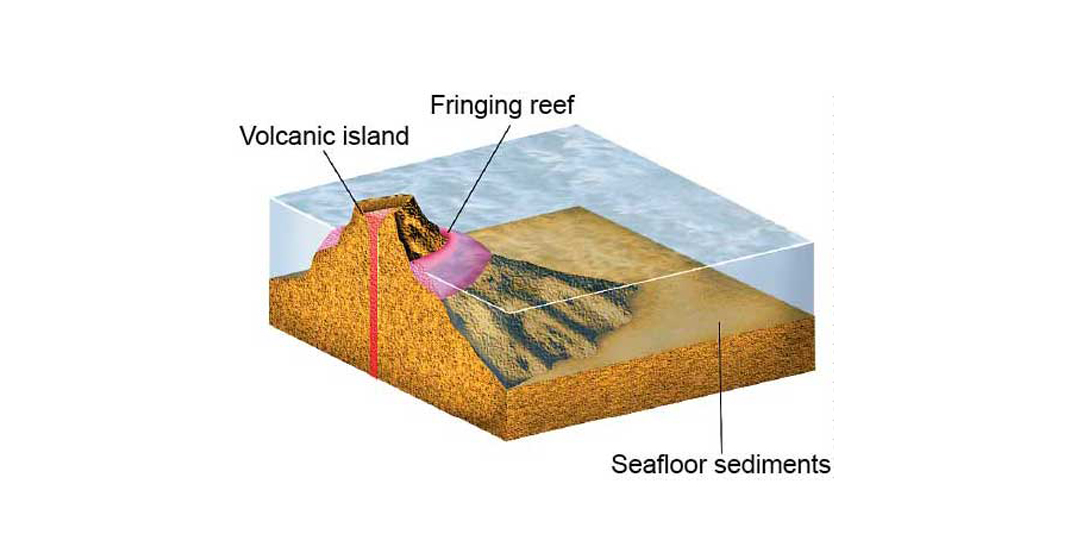

Limestone is a sedimentary rock which is formed through the precipitation of calcium carbonate and the skeletal fragments of marine organisms. It is formed in clear, warm, shallow water near hot natural springs. The formation process creates a rock which is pale in colour, usually an off white ivory or a light cream shade. Due to the impurities in limestone it is very rarely a pure white colour. Much of the limestone in the world was formed over one million years ago and is made up of around 50% calcium carbonate. The true beauty of this natural stone is apparent within limestone caves which contain stalactites. Stalactites occur when water containing calcium bicarbonate drips from the ceiling of the limestone cave and precipitates back in to limestone when it comes in to contact with air and elongates in to stalactite form.
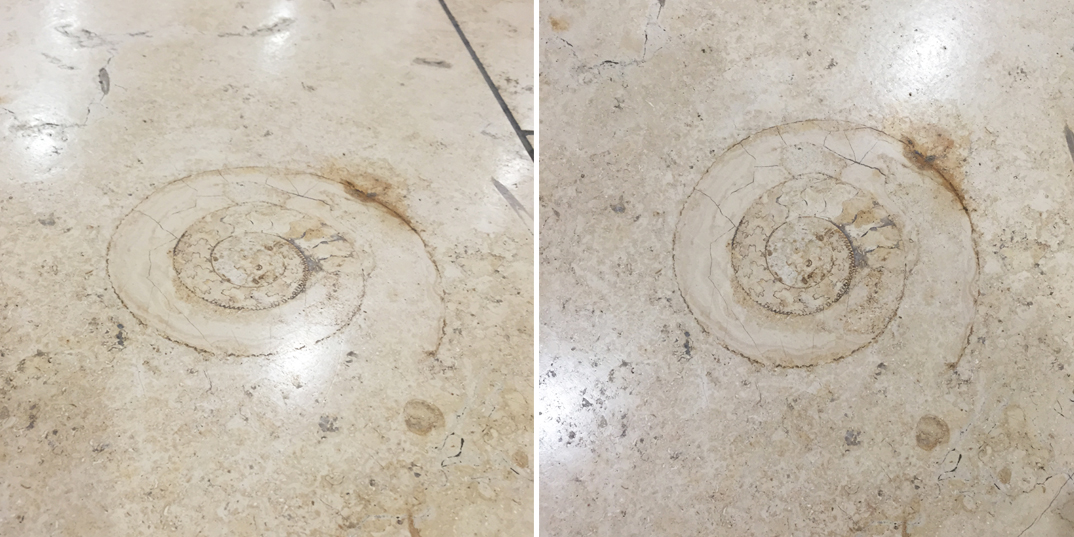

As a result of its formation, limestone has naturally occurring fossils which are the remnants of marine organisms. These fossils are likely to be millions of years old and are therefore perfect if you are looking to introduce a truly unique character in a bathroom or kitchen. Fossiliferous limestone can often contain fossils which are microscopic in size and cannot be seen by the naked eye. The macroscopic fossils within limestone are the ones we can visibly see on the surface of these natural stone tiles. These fossils are often the remains of hard shelled mollusks. Instead of arranging fossil tiles next to each other on a floor or wall, tiling contractors often space these tiles out in order to provide a consistent layout.
